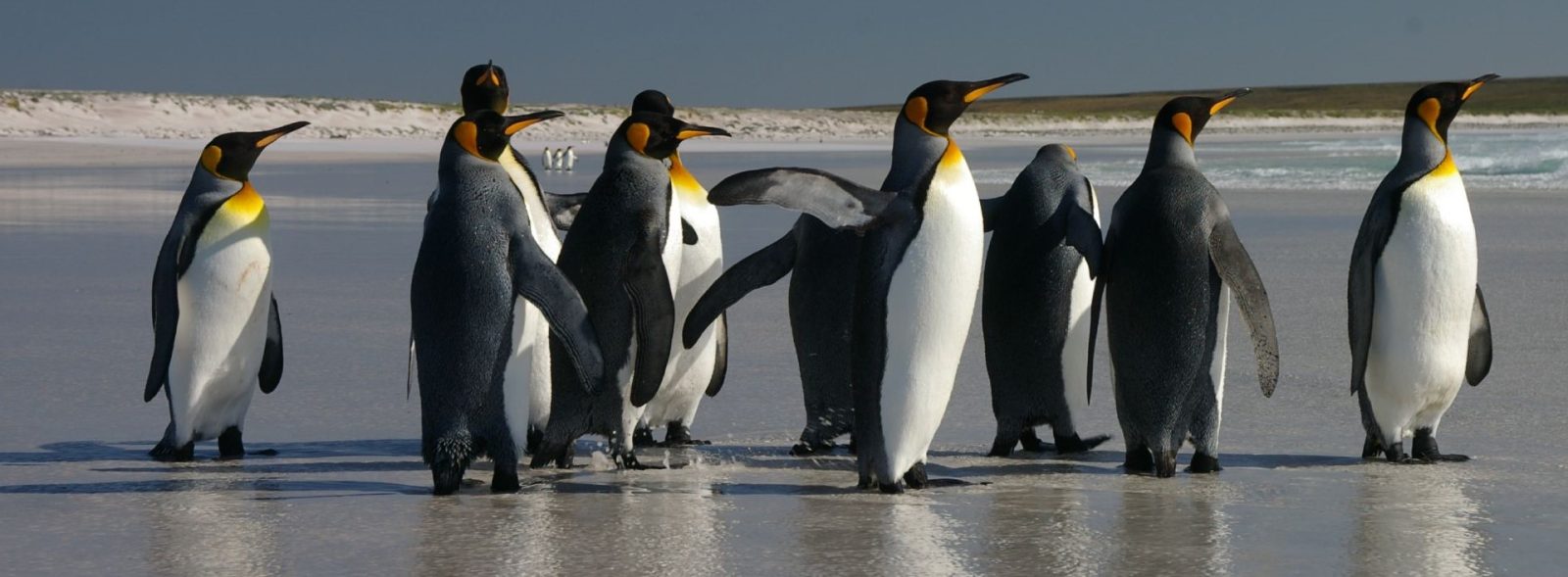
King penguin

While they never have bred here, vagrants have been documented on the Antarctic peninsula, as well as in South Africa, New Zealand and Australia.
While this sounds like a rosy situation, and indeed is better than many penguin species, some areas have suffered alarming declines. For instance, Île aux Cochons, or Pig Island, a French territory (one of the breeding colonies in the southern Indian Ocean, they also live on Macquarie Island, which is half way between New Zealand and Antacrtica ). Back in 1982, this colony consisted of 2 million penguins with around 500,000 breeding pairs, but a survey in 2017, counted only 200,000 with just 60,000 breeding pairs. Generally, their breeding colonies are littered on subantarctic islands, like Georges island as well as this.
Oddly, their IUCN rating is least concern, which I suspect means that it has not been updated in recent times – with an approaching decline of 90% in the last 40 years, this is clearly an animal in danger of extinction.
Unfortunately, it seems that, as usual, we are responsible. Lantern fish, a favourite food source in the area has been overfished, which means that the seas in this area can no longer sustain as many penguins. Furthermore, warming water due to human induced global warming is causing these fish to migrate to colder water, which is too far from the islands for the penguins to follow. In the past, it has been threatened by commercial exploitation for for meat, oil, blubber and feathers, thankfully nowadays it is fully protected. The whalers would use penguins instead of wood (sounds rather gruesome)
It stands 70cm-100cm tall and weighs 9-18kg. Males and females look the same, but can be distinguished by their calls.
Below, is a short documentary on this species (as well as others which it shares with home on South Georgia. Below that is a list of any articles written on this species (and will appear in the future – unfortunately, the one article that it is currently picking up is not correct, but hopefully the programming will be fixed soon.
Below that, we will add any opportunities to see these penguins in the wild. If you work in Tourism (or tourism that supports conservation), on this subject do get in touch. List your wild place at the top of the home page, is the way to move forwards.